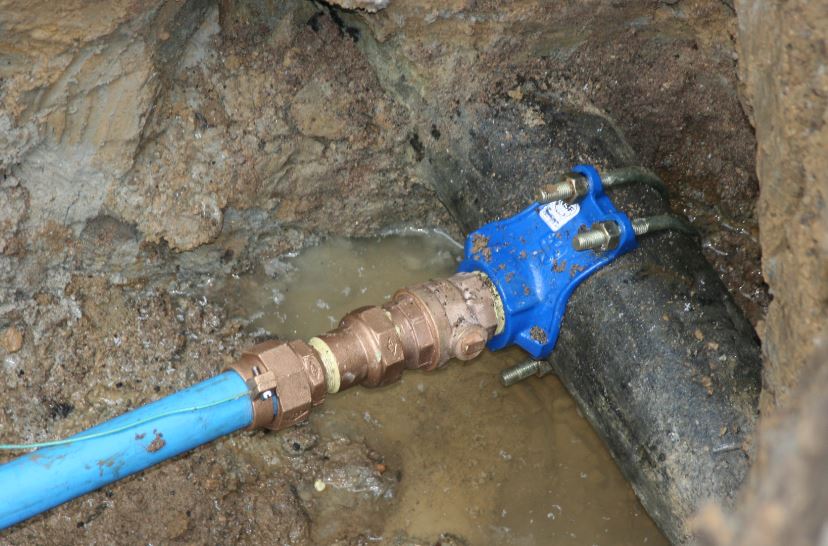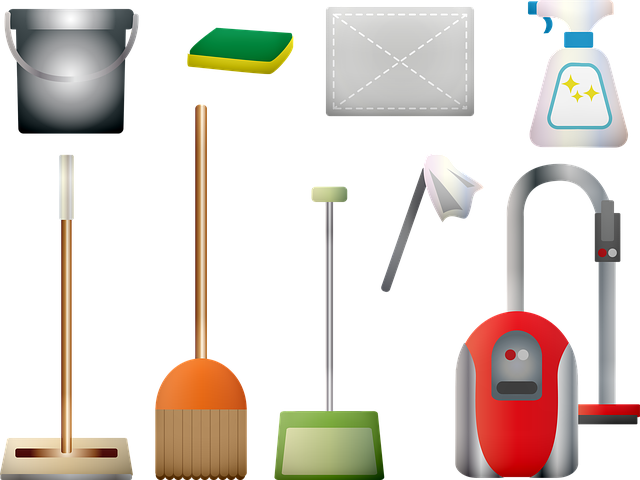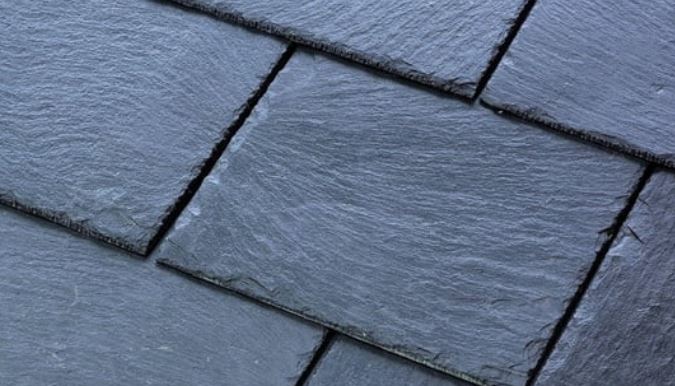Before a water main testing procedure takes place, it is essential for a professional to install, disinfect, and commission the water main to the water distribution system according to different general accepted practices. This process includes disinfecting the new water mains and performing pressure tests. A city representative and consulting engineer collect bacteriological samples before the test starts.
Watermain testing methods
The contractor and the consulting engineer should submit a water main testing plan at least 5 days prior to the test. Ideally, the plan should include the profile drawings, location for flushing, chlorination injection point, sampling points, and disposing and de-chlorination of super chlorinated water.
1. Flushing
Flushing is crucial before disinfecting the mains. A relatively low-velocity flush is used in this process with a speed of approximately 0.8 m/sec. This makes sure that all contaminants and foreign materials flow out from the mains. The city representative and consulting engineer should be present during the flushing. They should sign off after inspecting the mains.
2. Leakage and pressure testing
 This is one of the most vital water main tests that no one should skip. It determines if the mains are capable of withstanding fluctuating operating pressures. This test checks if there is excessive leakage along with the mains, service connections, or at the joints. The leakage and pressure test is performed after the installation curb cocks and service connections. Apart from the primary test, the contractor may also decide to perform a secondary or unofficial pressure test before the final test so that he/she can double-check if the entire system is working correctly or not.
This is one of the most vital water main tests that no one should skip. It determines if the mains are capable of withstanding fluctuating operating pressures. This test checks if there is excessive leakage along with the mains, service connections, or at the joints. The leakage and pressure test is performed after the installation curb cocks and service connections. Apart from the primary test, the contractor may also decide to perform a secondary or unofficial pressure test before the final test so that he/she can double-check if the entire system is working correctly or not.
According to the state code, the pressure pump should meet the test pressure criteria. It should include a backflow preventer, a pressure relief valve, and 2 pressure gauges. The pressure relief valve should have the highest limit that must not exceed 1400 KPa. Also, you shouldn’t use the pump for construction activities. It should be dedicated to the testing process only. Apart from the pump, the water storage tank should also be used for water main testing only and not for construction purposes. Moreover, it should be made of non-corrosive material. Some of the procedures followed in this test are:
- Installing air relief valves, blow-offs, and water services.
- Some systems may need boundary valves. Make sure the consultant or contractor doesn’t operate this valve.
- It takes a minimum of 3 days to cure the concrete thrust. No one should perform the test within these 3 days.
- It is essential to open all the valves included in the test section.
- Make sure that the curb stops are completely closed and the main stops are open before the test starts.
- The water main pressure should go up to 1050 KPa.
- The test should last for at least 2 hours.
- If the test speed is slow, the consultant should re-pressure the water and see how the system works at 1050 KPa.



